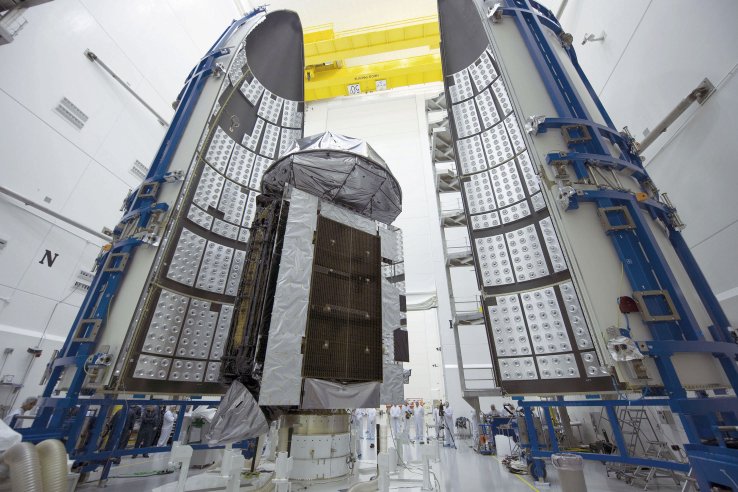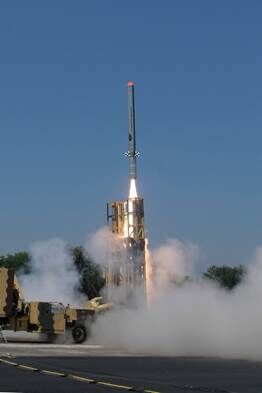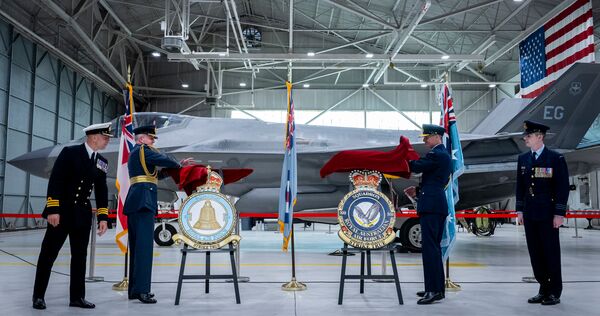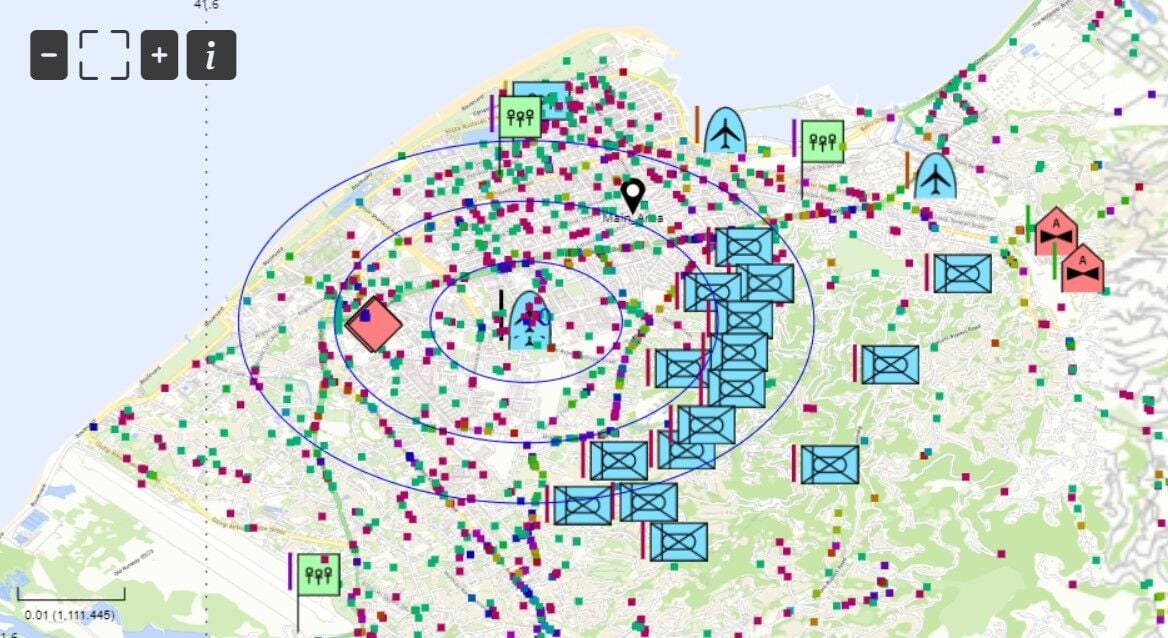- About
- Intara
- Capabilities
- Advisory
- Resources
- News
- Store
US Army demonstrates MUOS capability for tactical radios
03 May 2021
by Carlo Munoz
US Army tactical radio and networked communications specialists demonstrated, for the first time, the ability to integrate Mobile User Objective System (MUOS) capability to mounted and dismounted radio platforms.
The implementation of MUOS capability into the army’s tactical manpack radio system variants “provided additional beyond the line-of-sight communications … and leverage the ability to fully dominate both the data and voice spectrum”, during the exercise, said Colonel Rob Ryan, chief of operations for Army Future Command’s Network Cross-Functional Team. The MUOS demonstration took place during recent exercises at the Joint Readiness Training Center in Fort Polk with units from the 1st Brigade Combat Team, 82nd Airborne Division.
The MUOS is an IT-based 3G communications protocol that replaces the legacy Ultra High-Frequency (UHF) Follow-On satellite constellation because demand for UHF services has exceeded capacity. The MUOS is expected to deliver more than a ten-fold improvement in capacity.

The MUOS 4 communication satellite being prepared for deployment. (United Launch Alliance )
DRDO test-fires ‘Indigenous Technology Cruise Missile'
18 April 2024
by Kapil Kajal


The ITCM (pictured above from its test on 18 April) is a technology demonstrator programme to validate the capability of small turbofan engines. (Indian Ministry of Defence)
India's state-owned Defence Research and Development Organisation (DRDO) test-fired its ‘Indigenous Technology Cruise Missile (ITCM)' from the Integrated Test Range (ITR) in Chandipur off the northeastern coast of Odisha, the Indian Ministry of Defence (MoD) said in a press release on 18 April.
“During the test, all subsystems performed as per expectation and the missile performance was monitored by several range sensors like radar, electro optical tracking system (EOTS), and telemetry deployed by [the] ITR at different locations to ensure complete coverage of the flightpath,” the MoD said.
The flight of the missile was also monitored from the Su-30-MKI aircraft of the Indian Air Force, the MoD added.
The missile followed the desired path using “waypoint navigation and demonstrated very-low-altitude sea-skimming flight”, according to the MoD.
“This successful flight test has also established the reliable performance of the indigenous propulsion system developed by the Gas Turbine Research Establishment (GTRE), Bengaluru,” the MoD said.
RAF, RAAF reform respective 80 Sqns as US-based F-35 data centres
18 April 2024
by Gareth Jennings


The chiefs of the RAF and RAAF reconstituting their respective 80 Squadrons during a joint ceremony at Eglin AFB in the US. (Crown Copyright)
The UK Royal Air Force (RAF) and the Royal Australian Air Force (RAAF) stood up their respective 80 Squadrons on 17 April to serve as US-based data units for the Lockheed Martin F-35 Lightning II Joint Strike Fighter (JSF).
Announced by the RAF, the two separate but linked squadrons were reconstituted during a joint ceremony at Eglin Air Force Base (AFB) in Florida.
“At the event, the [UK] Chief of the Air Staff, [Air Chief Marshal] Sir Richard Knighton, and [Australian] Chief of the Air Force Air Marshal Robert Chipman, formally awarded the dormant 80 Squadron number plates for each service to their respective teams within the Australia, Canada, and United Kingdom Reprogramming Laboratory [ACURL],” the RAF said.
Hadean, 4C Strategies integrate products to reduce training burden
18 April 2024
by Giles Ebbutt


A screenshot of the Hadean POLI constructive simulation displayed through the 4C Strategies Exonaut training management software. (Hadean)
Hadean and 4C Strategies have successfully integrated a constructive simulation with Exonaut exercise management software, utilising Hadean's spatial computing platform.
The integrated solution, displayed at the International Training Technology Exhibition & Conference (IT²EC) 2024 in London, enabled Hadean's Pattern of Life Indicator (POLI) constructive simulation to be controlled from within 4C Strategies Exonaut software.
Exonaut is widely used in the UK and NATO as an exercise management tool, while constructive simulation is fundamental to effective command and staff training. Integrating the two previously separate functions offers the potential to improve training.
Explaining the integration, Paul Steel, UK military sales director for 4C Strategies, told Janes
US Army tactical radio and networked communications specialists demonstrated, for the first time, th...
Latest Podcasts
Iran Israel analysis
In this podcast Janes analysts discuss the Iranian attacks on Israel on the 14 April. They highlight the military systems used by Iran and the performance and impact of these on Israel. They also discuss the implications of this attack goi...
Listen nowJanes Case Studies
Using Janes Intara to build a common intelligence picture: Russian build up on the Ukrainian border
View Case StudyNews Categories
 C4ISR Details
C4ISR Details